Benefits of Spices and Herbs in Nutrition
March is National Nutrition Month. This observance of nutrition started in 1973 and evolved into a month’s long campaign in 1980. The Academy of Nutrition and Dietetics champions this effort with a focus on building awareness regarding the power of food. Each year has a different theme. This year’s theme is “Celebrate a World of Flavors.” The goal is to highlight various cultures and their cuisines. As dietitian nutritionists, we are often asked about macronutrients (carbohydrates, proteins and fats) and micronutrients (vitamins and minerals). However, there are other ingredients that impact one’s health in a powerful way. These ingredients are called herbs and spices. They play an integral role in the flavor of one’s food and provide valuable nutrition for the body. In honor of this year’s nutrition month theme, “Celebrate a World of Flavors”, I will highlight the benefits of spices and herbs that are commonly used in various cuisines. Keep in mind the difference between spices and herbs. Herbs are the fresh leafy parts of the plants, whereas spices are derived from the dried root, bark and seeds of the plant.
Herbs are the fresh leafy parts of the plants, whereas spices are derived from the dried root, bark and seeds of the plant.
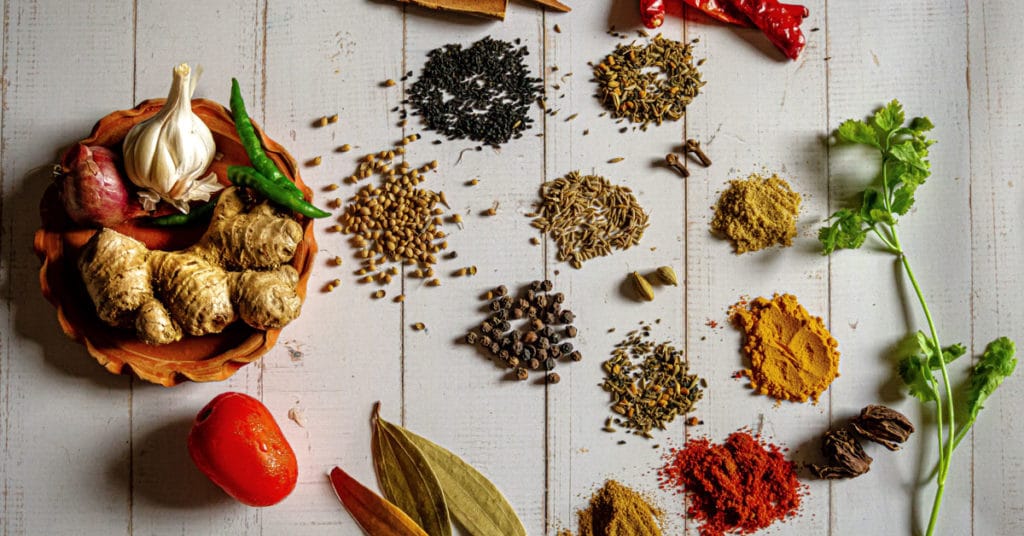
Common Spices and Herbs of the World
CAJUN CUISINE: Cayenne Pepper, Oregano, Paprika, Thyme, Rosemary, Bay Leaves, Cajun Seasoning
CARIBBEAN CUISINE: Allspice, Nutmeg, Garlic Powder, Cloves, Cinnamon, Ginger
FRENCH CUISINE: Nutmeg, Thyme, Garlic Powder, Rosemary, Oregano, Herbs de Provence
INDIAN CUISINE: Bay Leaves, Cardamom, Cayenne Pepper, Cinnamon, Coriander, Cumin, Ginger, Nutmeg, Paprika, Turmeric, Garam Masala, Curry Powder
MEDITERRANEAN CUISINE: Oregano, Rosemary, Thyme, Bay Leaves, Cardamom, Cinnamon, Cloves, Coriander, Basil, Ginger
MEXICAN CUISINE: Coriander, Cumin, Oregano, Garlic Powder, Cinnamon, Chili Powder
MIDDLE EASTERN CUISINE: Bay leaves, Cardamom, Cinnamon, Cloves, Cumin, Ginger, Coriander, Oregano, Za’atar, Garlic Powder
NORTH AFRICAN CUISINE: Cardamom, Cinnamon, Cumin, Paprika, Turmeric, Ginger, Ras El Hanout
THAI CUISINE: Basil, Cumin, Garlic, Ginger, Turmeric, Cardamom, Curry Powder
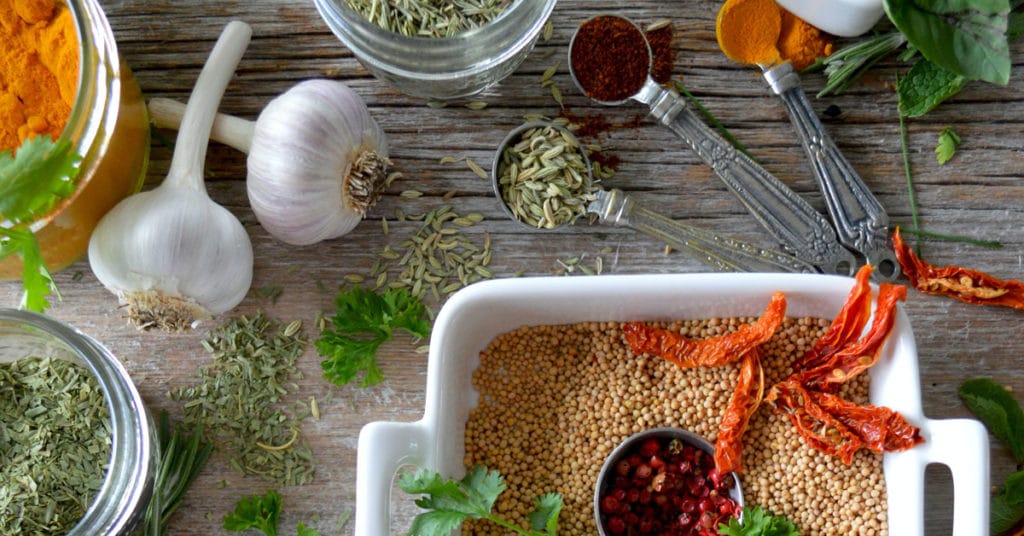
Spices and Herbs in Cooking
Now you know which herbs and spices are associated with different cuisines. This can be helpful when you’re preparing your favorite dishes whether it be Pad Thai or tacos. You might also notice that there is overlap between these ingredients and different cultures. Here’s a look at the most used herbs and spices with a focus on their food pairings. I also specify the benefits of these spices and herbs.
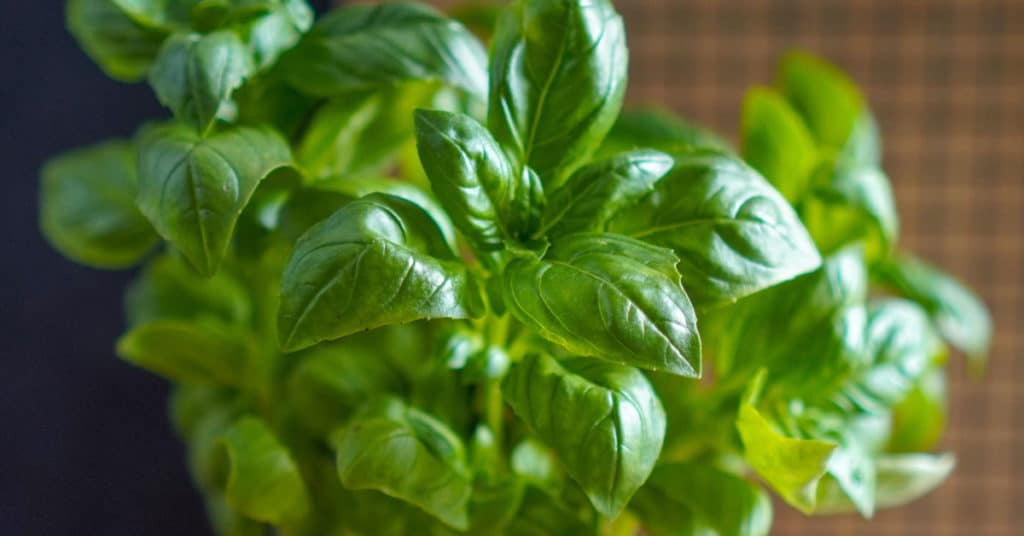
Basil
This herb is most often used in salad dressings, sauces and marinades. It pairs well with eggplant, potatoes, tomatoes, zucchini and bell peppers. You can add it to chicken, fish or pork and serve it with cheese.
Benefits: Basil is loaded with antioxidants which serve to protect your cells from damage. Animal studies indicate benefits in cognitive function, cancer prevention and cardiovascular health. (1-5) Basil is loaded with various vitamins and minerals including magnesium. Check out my blog post on magnesium to learn why this mineral is integral to your health.
Emily’s Favorite Use of Basil: I use this spice to prepare my homemade tomato-less tomato pasta sauce. This sauce is made primarily of carrots and onions with a hint of beet to create a red color.
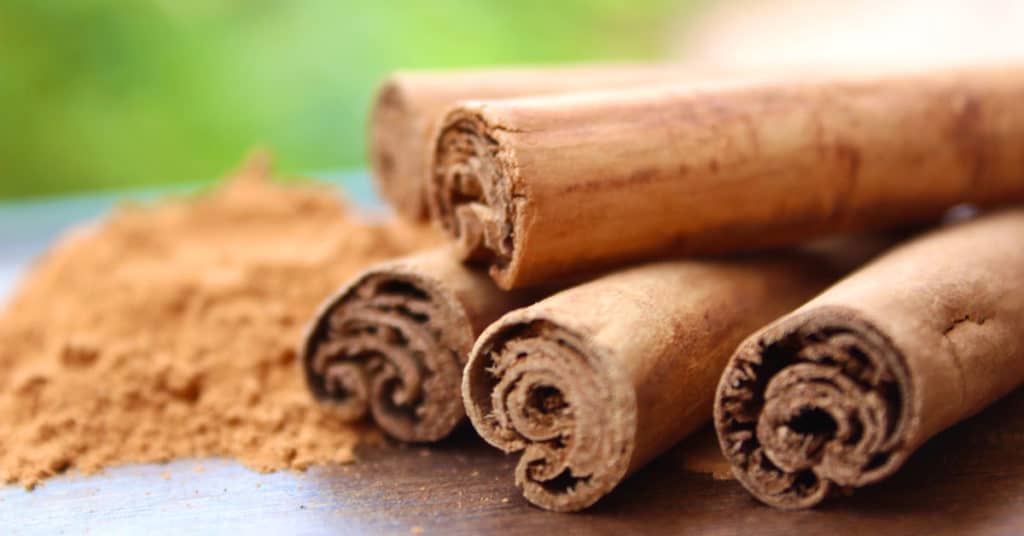
Cinnamon
This spice is a sweet yet earthy blend that pairs itself well with fruit, starchy vegetables such as sweet potatoes and squash, as well as proteins like chicken and lamb.
Benefits: Cinnamon has been used for centuries due to its medicinal characteristics. This single ingredient is loaded with antioxidants and has anti-inflammatory benefits. (6-10) Studies have shown that cinnamon can impact cardiovascular health, control blood sugar and may impact cognitive function. (11-16) There are two types of cinnamon, but the preferred source is Ceylon cinnamon as it is more pure compared to its counterparts.
Emily’s Favorite Use of Cinnamon: It’s hard to say no to a cinnamon roll! A healthier use of this spice is with cooked apples. Cooked apples can be used in a variety of ways. You can eat them by themselves or they can be used as a topping for ice cream, oatmeal, or vanilla yogurt. I prefer to eat them with roasted pork.
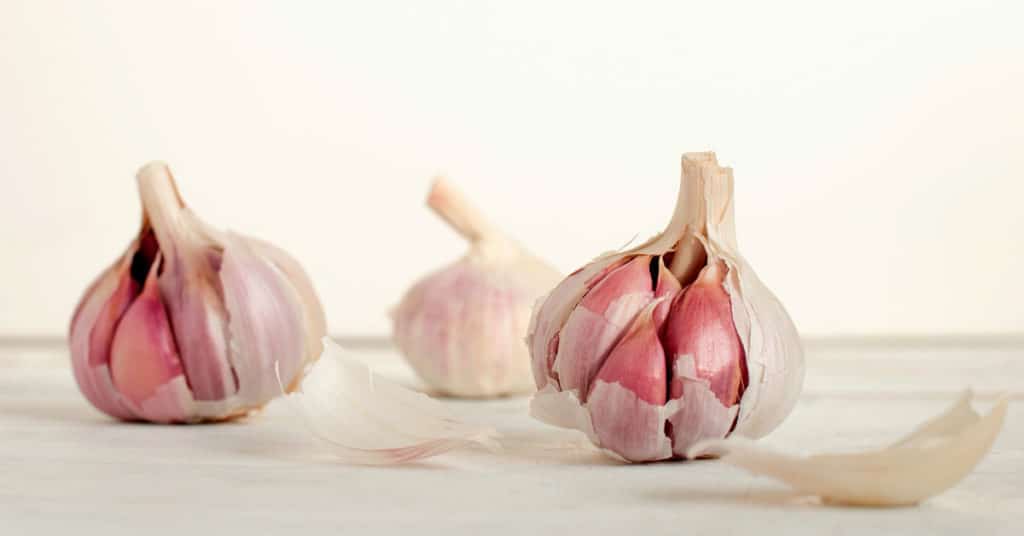
Garlic
You might be surprised to learn that garlic is considered a vegetable but is often used as a spice in the form of a powder. Due to its savory nature it is best used with mushrooms, beans, animal protein, soups, sauces, and marinades.
Benefits: This spice is a nutritional powerhouse. It includes a variety of vitamins and minerals as well as antioxidants. Evidence shows it protects against cardiovascular disease, cognitive dysfunction and cancer. (17-22) Some advocates claim it is vital to immune support. (23)
Emily’s Favorite Use of Garlic Powder: If I’m not using fresh garlic then I’m using garlic powder. Garlic is used in almost every dish in my house. You might be surprised to know that I use it to flavor butter, guacamole, hamburger sauce and chutney. Yum!
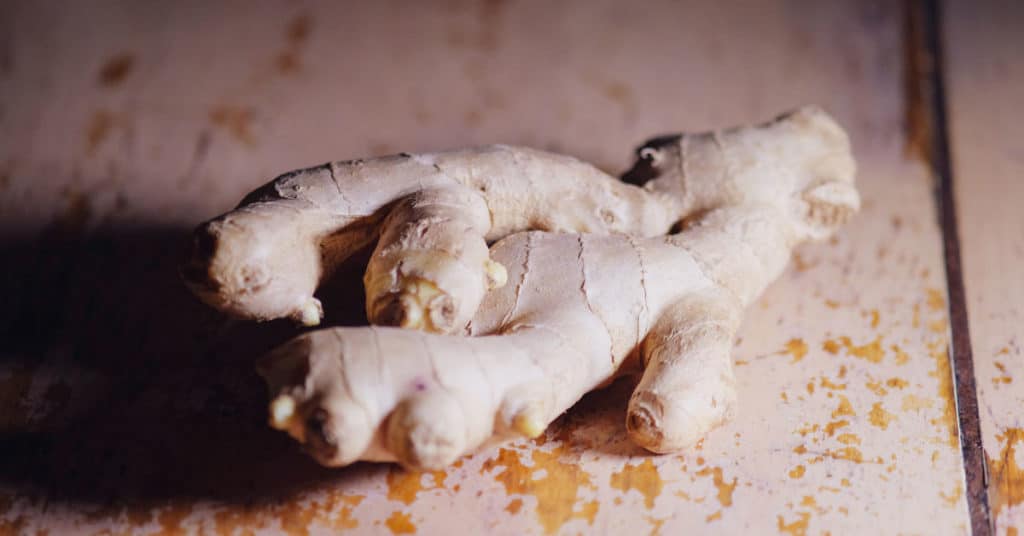
Ginger
This spice provides a sweet and comforting flavor profile to food. It works well with all animal protein and soy, but it can also be used with starches like rice and sweet fruits and vegetables including carrots, beets, citrus and squash.
Benefits: Most people use ginger to ease an upset stomach or reduce nausea. (24) This is due to its main compound called gingerol. However, gingerol can also reduce inflammation. By reducing inflammation, an individual may experience improved digestion, heart health, blood sugar control, brain function and weight management. (25,26)
Emily’s Favorite Use of Ginger: My go-to use for powdered ginger is in an Asian marinade for flank steak. I like to mix it with soy sauce or coconut aminos (soy free soy sauce substitute), honey, Worcestershire sauce, Dijon mustard, garlic and salt and pepper. It’s a hit every time.
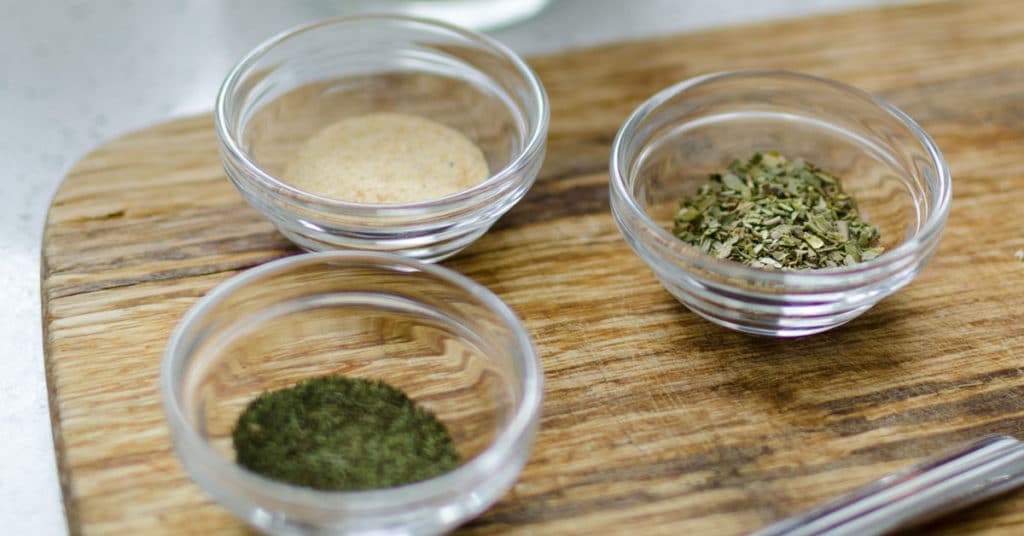
Oregano
This earthy herb is used by many different cultures. It deepens the flavor of mushrooms, potatoes, bell peppers, tomatoes, artichokes, beans, and animal protein. You can’t go wrong by adding oregano to most dishes.
Benefits: Oregano is often used by integrative and functional practitioners to fight infections and bacteria. (27) It is another rich source of antioxidants which are key in protecting the human body from cell degradation and disease. (28-30)
Emily’s Favorite Use of Oregano: This spice is used in most of my broth-based soup recipes. It adds extra earthiness to a simple combination of ingredients taking soup from ordinary to extraordinary. I have also found that the extra oregano in my garden is a nice addition to any floral bouquet.
Benefits of Spices and Herbs for Everyone
You do not have to travel the globe to experience international cuisine. Use these tips to help you broaden your food horizons in the comfort of your own home. Besides satisfying your palate with these various herbs and spices, you will find that your body can benefit too. Bon Appetit!
If you would like to learn more, or have specific questions about the benefits of spices and herbs in nutrition, feel free to reach out to me!
Resources
- https://pubmed.ncbi.nlm.nih.gov/29356981/
- https://pubmed.ncbi.nlm.nih.gov/23661866/
- https://pubmed.ncbi.nlm.nih.gov/17006976/
- https://pubmed.ncbi.nlm.nih.gov/27537869/
- https://pubmed.ncbi.nlm.nih.gov/25554015/
- https://www.ncbi.nlm.nih.gov/pmc/articles/PMC4003790/
- https://www.researchgate.net/publication/302584186_Comparison_of_in_vitro_antioxidant_activity_of_infusion_extract_and_fractions_of_Indonesian_Cinnamon_Cinnamomum_burmannii_bark
- https://pubmed.ncbi.nlm.nih.gov/16190627/
- https://pubmed.ncbi.nlm.nih.gov/22536283/
- https://www.ncbi.nlm.nih.gov/pmc/articles/PMC3492709/
- https://pubmed.ncbi.nlm.nih.gov/30144878/
- https://pubmed.ncbi.nlm.nih.gov/24019277/
- https://pubmed.ncbi.nlm.nih.gov/11506060/
- https://pubmed.ncbi.nlm.nih.gov/9762007/
- https://pubmed.ncbi.nlm.nih.gov/29258915/
- https://pubmed.ncbi.nlm.nih.gov/31119595/
- https://pubmed.ncbi.nlm.nih.gov/18554422/
- https://www.ncbi.nlm.nih.gov/pmc/articles/PMC4252524/
- https://europepmc.org/article/med/8875379
- https://pubmed.ncbi.nlm.nih.gov/28498422/
- https://pubmed.ncbi.nlm.nih.gov/22480662/
- https://www.sciencedirect.com/science/article/pii/S1568163702000491
- https://www.sciencedirect.com/science/article/abs/pii/S0192056199000387
- https://www.ncbi.nlm.nih.gov/pmc/articles/PMC7019938/
- https://pubmed.ncbi.nlm.nih.gov/25230520/
- https://www.ncbi.nlm.nih.gov/pmc/articles/PMC3665023/
- https://pubmed.ncbi.nlm.nih.gov/19783523/, https://pubmed.ncbi.nlm.nih.gov/23484421/
- https://pubmed.ncbi.nlm.nih.gov/21950127/
- https://pubmed.ncbi.nlm.nih.gov/8933203/
- https://pubmed.ncbi.nlm.nih.gov/24629960/

